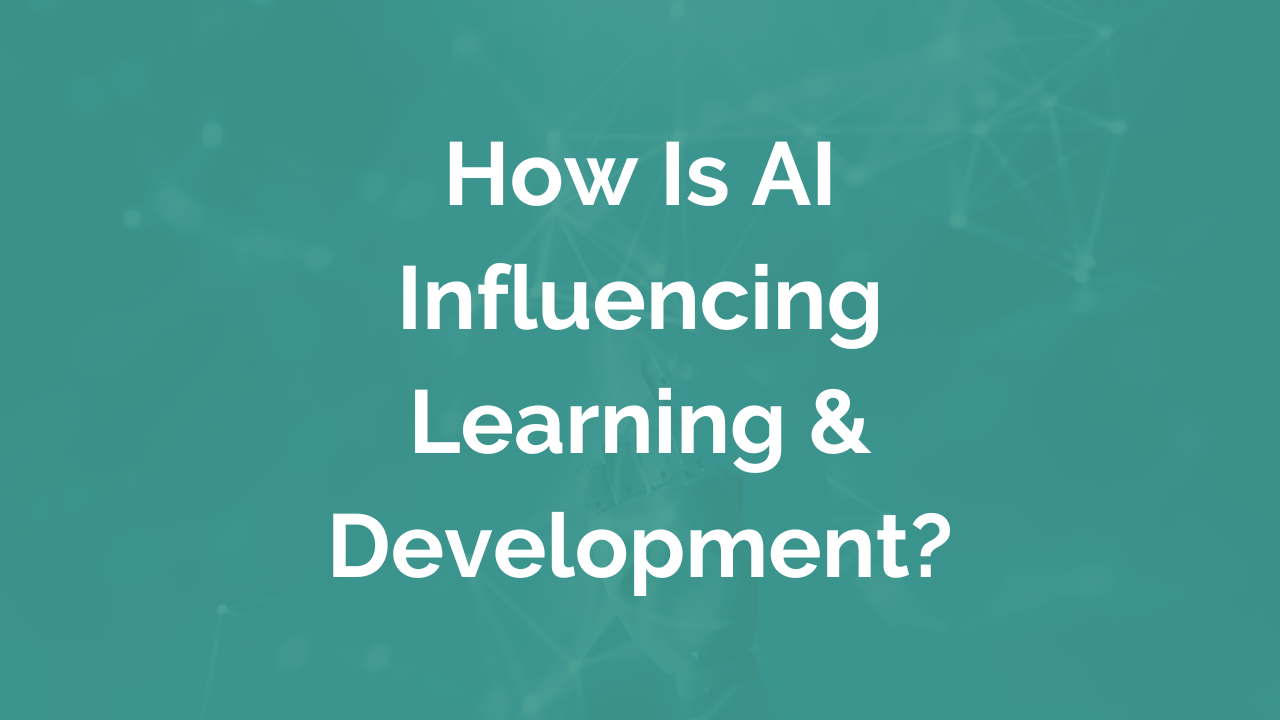Dive into the transformative world of organisational strategy and workforce planning, where the fusion of design, planning, and data-driven insights creates a roadmap for enduring success. Explore this insightful blog to uncover how strategic decisions are brought to life through an integrated ecosystem, offering a glimpse into the future of effective strategic workforce planning and leadership influence.
Read MoreIn the face of economic uncertainty, many companies resort to short-term cost-cutting strategies such as headcount reduction to balance their books and stay afloat. However, despite the illusion that this provides cost-savings in the short term, such strategies can be damaging in the long run.
Read MoreAI and technology are becoming more and more intertwined with the duties of HR. With the realisation from C-suites and business leaders that HR plays a large part in business success, CHROs, HRBPS and analytic teams have a new responsibility to become more aware of recent advancements. Moreover, understanding how it improves all aspects of people management, including learning and development, is essential.
Read MoreSince the pandemic to our current state of concerns on economic growth, the fires HR are called to put out have become more taxing and intricate. They need everything in their toolbelt to help them be a service to the employees and provide real value to business leaders. Applying data to the many pain points, HR professionals face in today's work environment gives them an edge over their competitors and delivers better results.
Read MoreCompanies face incredible challenges with labour shortages and skills gaps as they struggle to get work done. The traditional ways of filling open positions where HR professionals would post the job description and undergo the lengthy recruitment process to find qualified candidates are no longer effective. So, HR professionals and business leaders focus on a skills-based talent strategy to stay competitive in the tight talent marketplace.
Read MoreWhile diversity and inclusion initiatives have made great strides in terms of gender, race, sexuality, creed, nationality, and more, there is one population that is still conspicuously absent from most D&I strategies: neurodivergent workers. And yet, 15-20% of the population is neurodivergent. Which means you are likely managing and/or working with neurodivergent colleagues, whether you realise it or not. Despite the prevalence of neurodiversity, most companies don’t include it in their broader D&I agendas. In this blog Sonia Allinson-Penny shares ideas to help you build a workforce strategy that accommodates neurodiversity.
Read MoreHow is the engagement of our employees impacting their performance? How can we optimise team leadership to avoid voluntary turnover? These are questions that remain, still without a clear answer because we have not been able to develop tools that describe the relationship between somehow abstract concepts, such as engagement or leadership, with others that are not, such as performance or turnover. In this blog Marta Gascón Corella explores whether strategic workforce planning really provides us with an end to end solution to be able to support the organisation answer these questions as HR as a function continues to move to becoming a strategic pillar in the organisation.
Read MoreHR has a significant role to play in guiding the organisation through digital transformation. The function is under pressure from all corners of the organisation to deliver a people strategy fit for the digital age. Over 60% of HR leaders report pressure from the CEO to ensure employees have the skills they need in the future. In order to meet this challenge and support the organisation in the digital age, HR professionals must develop new, up-to-date skills. In this blog we explore the top skills HR professionals have been developing to become more data driven and business focused, as well training courses you can take to help you get setup for success in 2022.
Read MoreIn its simplest form, workforce planning is a “framework for analysing both the current and desired future states of the workforce”, which must be scoped in accordance with business context and strategy. Because of the importance of the business context, there can be no “one size fits all” roadmap to successful workforce planning applicable to all organisations. In this blog we explore the business benefit of skills based workforce planning and how IBM have used internal skills data to infer skills across their workforce.
Read MoreWorkforce planning is one of the key components of effective human capital management and a topic widely discussed as having an ever-growing importance on the future of work, yet we see so many HR functions failing to successfully embed effective workforce planning process. Why is this? This blog examines the opportunity presenting itself to HR and some of the things you can do to get started with workforce planning.
Read More









